1.5: Vowels
- Page ID
- 62554
Introduction to Vowels
There are 5 vowels in the English alphabet: A E I O and U. Each vowel has a long and a short sound.
Watch the Video
Scratch Garden: Vowel Sounds
Watch the video about vowels and then take a short quiz to review what you've learned.
Quiz
Use the information in the video to answer the questions. Select the correct answer, click "check" to see if your answer is correct, and then click the arrow to move to the next question. When you have answered all of the questions, click "Finished."
Resources: American English Phonemes
- American English Vowels
- American English Diphthongs
- Access an Interactive American English Phonemic Chart with sounds and examples.
- For Teachers: Watch the video Introduction to Teaching Pronunciation Workshop - Adrian Underhill to learn the sounds in the phonemic chart.
Minimal Pairs: Ship and Sheep
Sometimes it is difficult to hear the difference between two vowel sounds. For example, the "i" in "ship" and the "ee" in "sheep" may sound very similar to you. The words "ship" and "sheep" are minimal pairs because they only have one sound that is different.
Warm Up: What do you see?
What do you see in each of these pictures? Tell your partner.
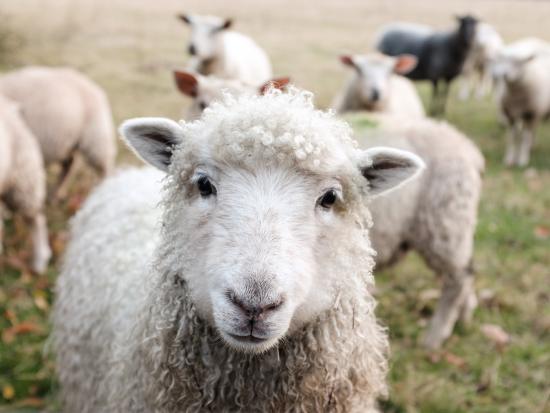

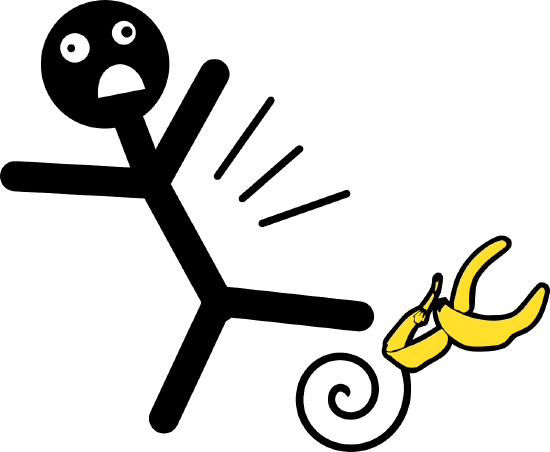

Can you say it?
Read the tongue twister:
The sheep on the ship slipped on the sheet of sleet.
- Can you say it 3 times quickly? Practice saying the sentence quietly to yourself or with a partner. Then try to say it 3 times quickly in front of the class.
- What do you notice about the sounds in the words: sheep, ship, slip, sheet, and sleet?
Sounds /ɪ/ and /iː/
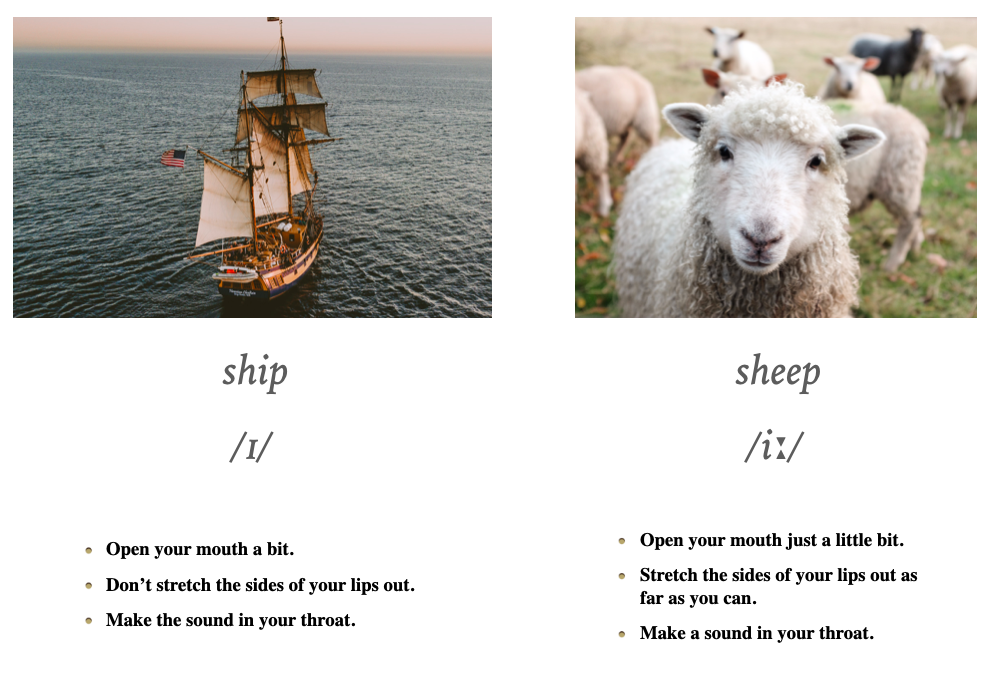
Rules to Remember
To form the sound /ɪ/ as in "ship":
- Open your mouth a little.
- Don't stretch the sides of your lips out.
- Make the sound in your throat.
To form the sound /iː/ as in "sheep":
- Open your mouth a little.
- Smile: Stretch the sides of your lips out as far as you can.
- Make the sound in your throat.
Listen and Repeat
Read the words in the table below. Listen and repeat the words. Vowel Sounds Ship and Sheep.m4a
| /ɪ/ | /iː/ |
|---|---|
| pill | peel |
| mitt | meat |
| fit | feet |
| lick | leak |
| hill | heel |
| chick | cheek |
| it | eat |
Listening Practice 1
You will hear two words from the table above. If the words are the same, write "S." If the words are different, write "D." Ship and Ship Listening Practice 1.m4a
Example:
- If you hear "pill . . .pill" write S.
- If you hear "pill . . . peel" write D.
- ____
- ____
- ____
- ____
- ____
- ____
- ____
- ____
Listening Practice 2
Listen. Circle the word you hear.Vowel Sounds Ship and Sheep Listening Practice 2.m4a
- pill / peel
- mitt / meat
- fit / feet
- lick /leak
- hill / heel
- it / eat
- chick / cheek
Pair work
Work with a partner. Partner A, read one of the words (example: say either "pill" or "peel"). Partner B, point to the word you hear. Do this for 1-7 and then switch roles.
Listen and Repeat
Read the words in the table below. Listen and repeat the words. Vowel Sounds Ship and Sheep Listening Practice 2.m4a
| /ɪ/ | /iː/ |
|---|---|
| fill | feel |
| ship | sheep |
| lip | leap |
| hit | heat |
| bin | bean |
| live | leave |
| slip | sleep |
| Tim | team |
Listening Practice 3
You will hear two words from the table above. If the words are the same, write "S." If the words are different, write "D." Ship and Ship Listening Practice 3.m4a
Example:
- If you hear "fill . . .fill" you write S.
- If you hear "fill . . . feel" you write D.
- ____
- ____
- ____
- ____
- ____
- ____
- ____
- ____
Listening Practice 4
Listen. Circle the word you hear. Ship and sheep listneing practice 4.m4a
- fill / feel
- ship / sheep
- lip / leap
- hit / heat
- bin / bean
- live / leave
- slip / sleep
- Tim / team
Pair work
Work with a partner. Partner A, read one of the words (example: say either "pill" or "peel"). Partner B, point to the word you hear. Do this for 1-7 and then switch roles.
Game Time
Jump to the left/ jump to the right
Stand in a straight line facing the white board. Students should stand directly behind or in front of their classmates. The teacher will write the /ɪ/ sound on the left side of the board and the /iː/ sound on the right side of the board. The teacher will read some of the words you've been practicing. Jump to the left when you hear the /ɪ/ sound and jump to the right when you hear the /iː/ sound.
Listening Practice 5
You will hear sentence a or sentence b. Put an X next to the correct reply. Ship and Sheep listening practice 5.m4a
| Number | Listen. Do you hear sentence a or sentence b? | Put an X next to the correct reply. |
|---|---|---|
| 1 |
a. Did you feel the pot? b. Did you fill the pot? |
____ Yes, it's hot. Ouch! ____ No. It was already full. |
| 2 |
a. She wants to live here. b. She wants to leave here. |
____ Yes, it's a beautiful place. ____ I know. She hates this place. |
| 3 |
a. Did the baby sleep? b. Did the baby slip? |
____ Yes, thank goodness! He was tired. ____ Yes, he fell, but he's ok now. |
| 4 |
a. Is that your mitt? b. Is that your meat? |
____ Yes, I like to play baseball. ____ No, I'm a vegetarian. |
| 5 |
a. Is that an orange pill? b. Is that an orange peel? |
____ Yes, that's my medication. ____ Yes, I had fruit salad for breakfast. |
| 6 |
a. That's a tall hill. b. That's a tall heel. |
____ I know. It's going to be hard to climb. ____ I know. These shoes are hard to walk in. |
Check
Check your answers with the class. Then practice saying both sentences and replies.
Picture Dictionary
Words you might need to know.
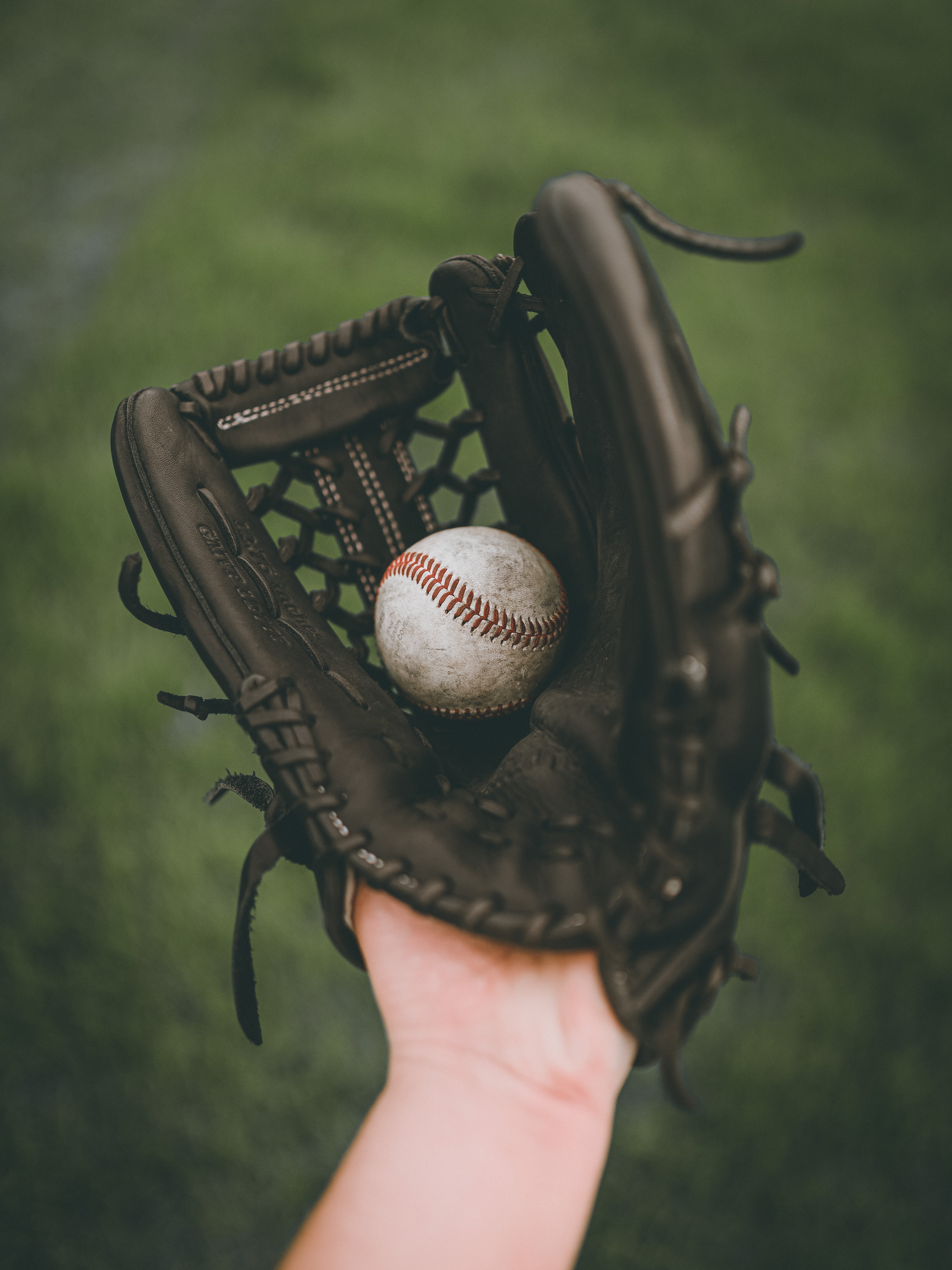
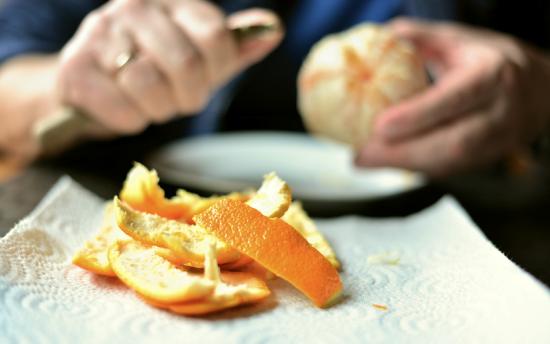
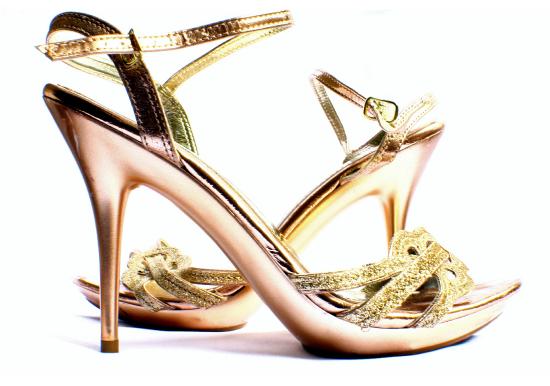

Practice Speaking
Work with a partner. Look again at each sentence. Student a, say sentence a or b. Student b, say the correct reply. Then switch roles.
Recording: /ɪ/ and /iː/
Practice reading each of the 12 sentence above. Have a friend read the answer to each sentence. Focus on making the /ɪ/ and /iː/ vowel sounds long and clear. When you're ready, record yourself and submit your recording to your teacher.
Notice Sounds in Real-World English
Watch the video "25 Things to do in Berlin." Remember to click the CC button so you can read the subtitles. Find at least 3 words with the /ɪ/ sound and 3 words with the /iː/ sound. Write them in the table below.
| /ɪ/ | /iː/ |
|---|---|
Some Possible Answers - ship and sheep.docx
Spelling
Look at the list of words you've made with your class.
1. How do you spell the /ɪ/ sound?
2. How do you spell the /iː/ sound?
Minimal Pairs: Bed and Bad
Sometimes it is difficult to hear the difference between two vowel sounds. For example, the "e" in "bed" and the "a" in bad may sound very similar to you. The words "bed" and "bad" are minimal pairs because they only have one sound that is different.
Warm Up: What do you see?
What do you see? Tell your partner.
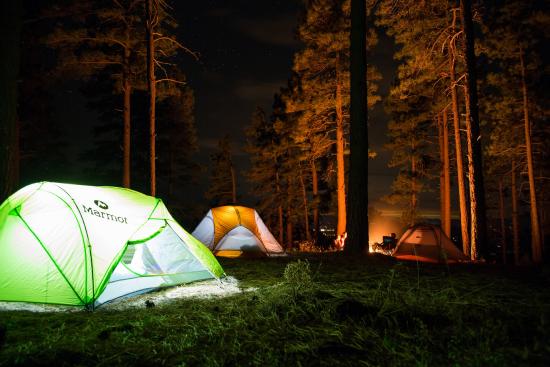

Can you say it?
Read the two sentences:
The man met his friend by the tents at the camp. "I can't see," said the man. But the friend didn't let him light the lamp.
- Underline the /e/ and /æ/ sounds in the sentences above.
- Practice saying the sentence quietly to yourself or with a partner. Practice making the /e/ and /æ/ sounds long and clear.
Rules to Remember
To form the sound /e/ as in "tent":
- Relax and open your mouth a little.
- Stretch the sides of your mouth out just a little more than you did for the /ɪ/ sound.
- Make the sound in your throat.
To form the sound /æ/ as in "camp":
- Relax and open your mouth a little.
- Drop your jaw slightly.
- Make the sound in your throat.
Listen and Repeat
Read the words in the table below. Listen and repeat the words. Bed and bad vowel sounds.m4a
| /e/ | /æ/ |
|---|---|
| bed | bad |
| said | sad |
| set | sat |
| celery | salary |
| men | man |
| mess | mass |
| left | laughed |
Listening Practice 1
You will hear two words from the table above. If the words are the same, write "S." If the words are different, write "D." Bed Bad practice 1.m4a
Example:
- If you hear "bed. . .bed" write S.
- If you hear "bed . . . bad" write D.
- ____
- ____
- ____
- ____
- ____
- ____
- ____
- ____
Listening Practice 2
Listen. Circle the word you hear. Bed and bad listening practice 2.m4a
- bed / bad
- said / sad
- set / sat
- celery / salary
- men / man
- mess / mass
- left / laughed
Game Time
Jump to the left/ jump to the right
Stand in a straight line facing the white board. Students should stand directly behind or in front of their classmates. The teacher will write the /e/ sound on the left side of the board and the /æ/ sound on the right side of the board. The teacher will read some of the words you've been practicing. Jump to the left when you hear the /e/ sound and jump to the right when you hear the /æ/ sound.
Listening Practice 3
You will hear sentence a or sentence b. Put an X next to the correct reply. Bed and bad practice 3.m4a
| Number | Listen. Do you hear sentence a or sentence b? | Put an X next to the correct reply. |
|---|---|---|
| 1 |
a. Is that dead? b. Is that Dad? |
____ I think you killed, it. ____ Yes, that's him. |
| 2 |
a. Did you see the mess of papers? b. Did you see the mass of papers? |
____ Yes, you need to clean that up. ____ Yes, there were a lot of papers. |
| 3 |
a. They left. b. They laughed. |
____ Why did they leave? ____ I don't think it was very funny. |
| 4 |
a. She met the man at the cafe. b. She met the men at the cafe. |
____ Was it a date? ____ How many men were there? |
Bed bad Vowel Sounds Answers 3.docx
Check
Check your answers with the class. Then listen and repeat both sentences and replies.
Practice Speaking
Work with a partner. Look again at each sentence. Student a, say sentence a or b. Student b, say the correct reply. Then switch roles.
Recording: /e/ and /æ/
Practice reading each of the 8 sentence above. Have a friend read the answer to each sentence. Focus on making the /e/ and /æ/ vowel sounds long and clear. When you're ready, record yourself and submit your recording to your teacher.
Notice Sounds in Real-World English
Watch the video "25 Things to do in Berlin." Remember to click the CC button so you can read the subtitles. Find at least 3 words with the /e/ sound and 3 words with the /æ/ sound. Write them in the table below.
| /e/ | /æ/ |
|---|---|
Some Possible Answers - Bed and Bad.docx
Spelling
Look at the list of words you've made with your class.
- How do you spell the /e/ sound?
- How do you spell the /æ/ sound?
- Why can you hear the /æ/ sound in "can't" but not in "can"? (Examples: We can't come to the party. / We can come to the party.)


